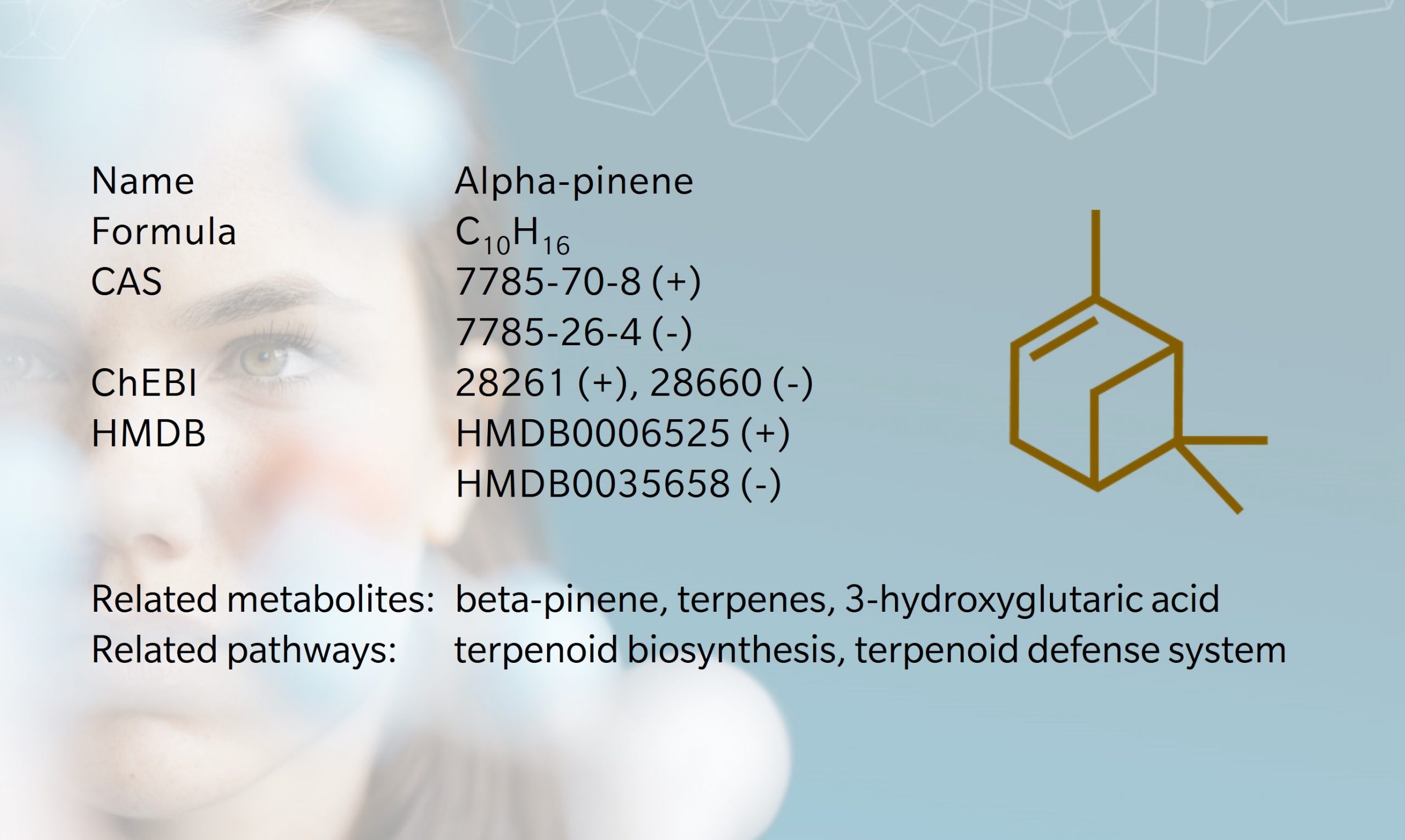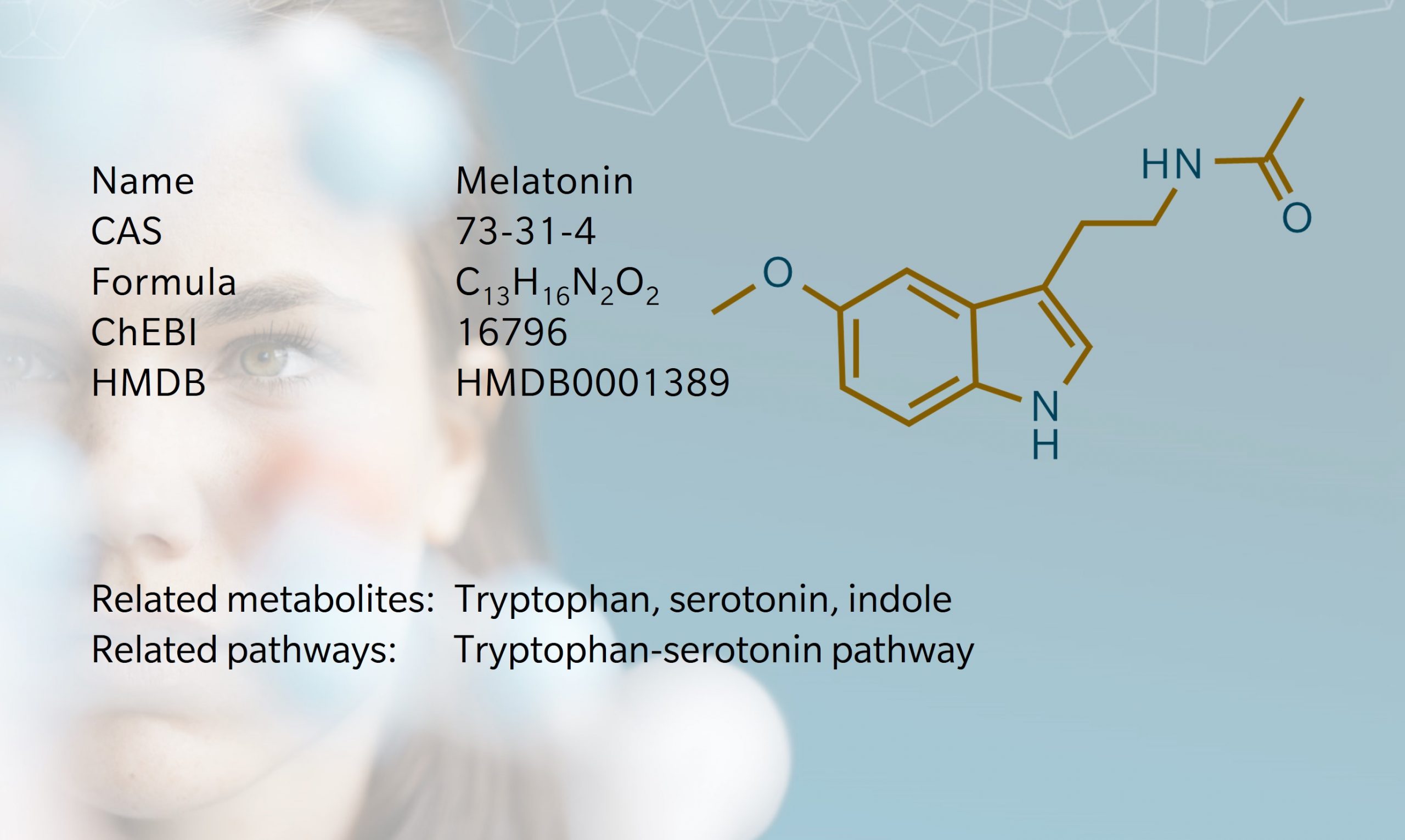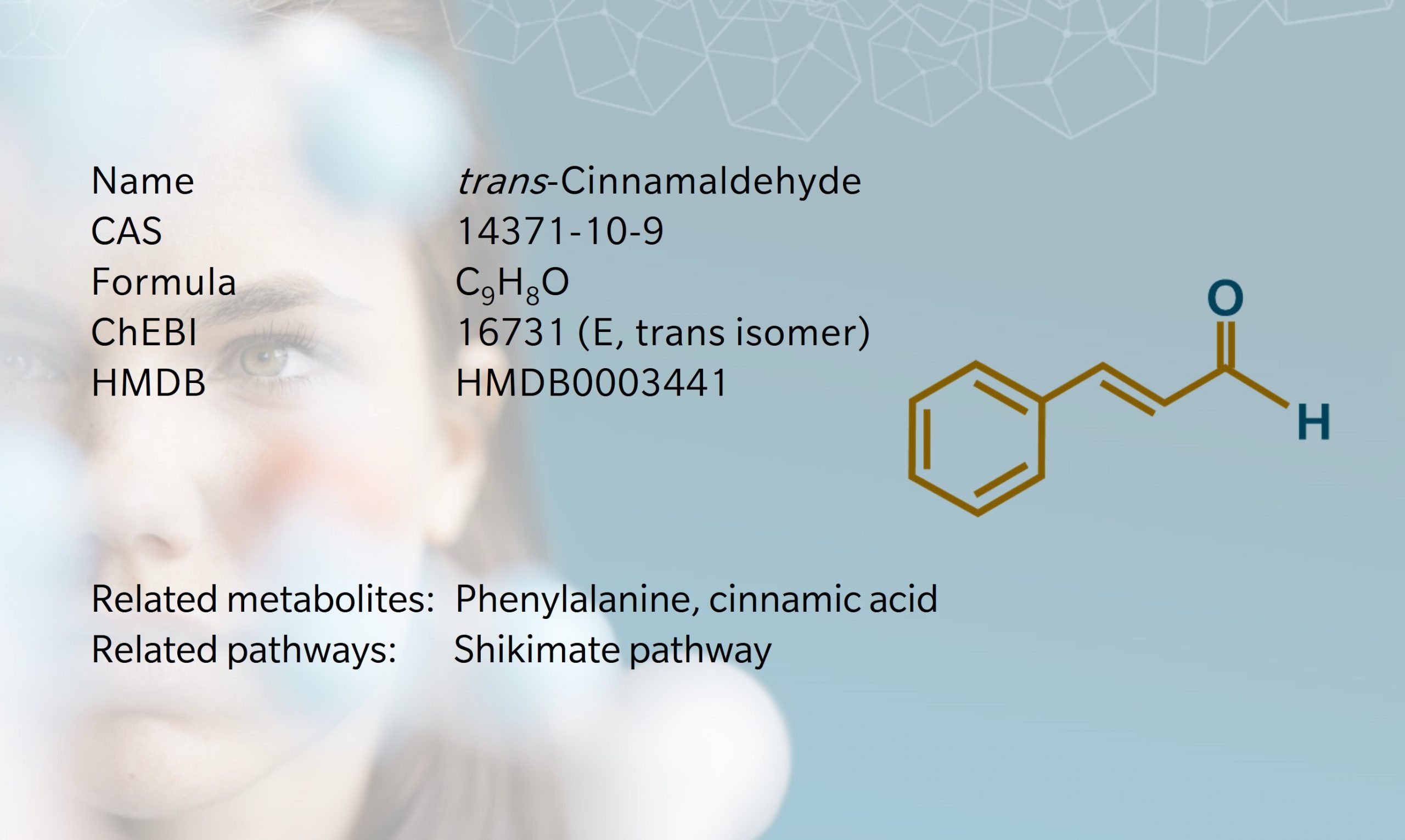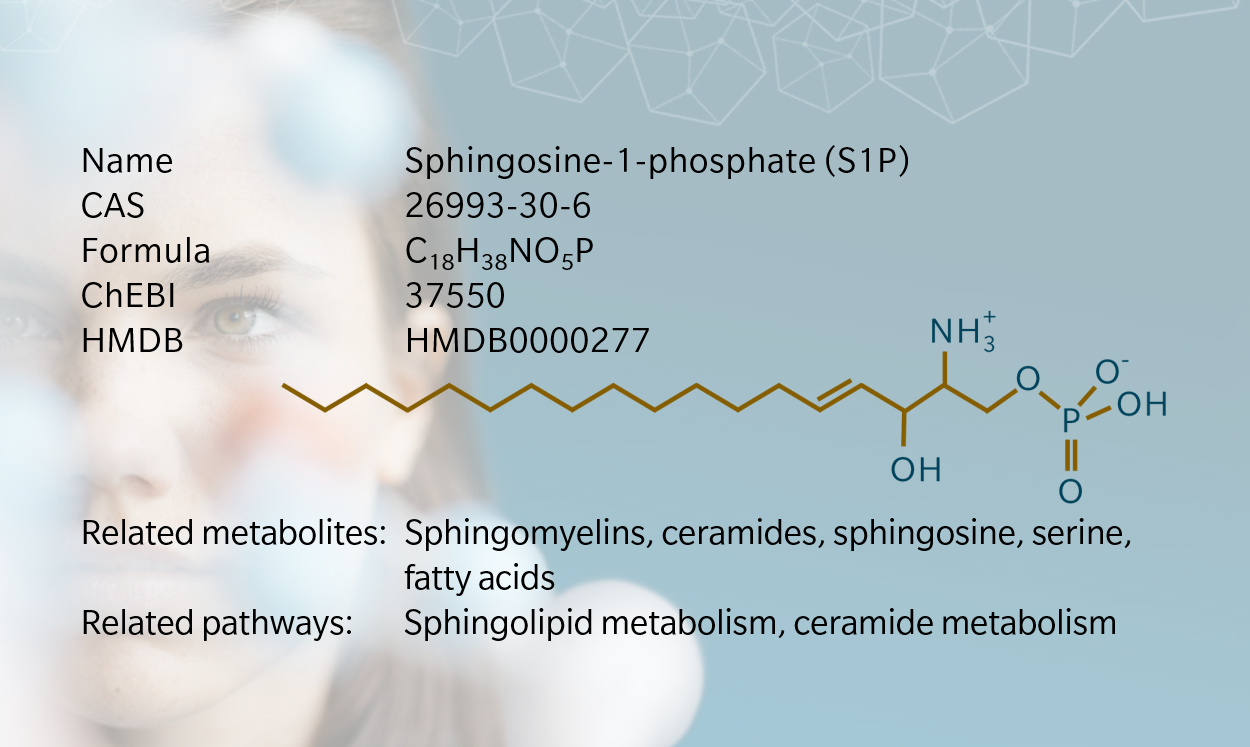As one of the metabolites responsible for the smell of conifers, alpha-pinene is a fitting choice for our festive Metabolite of the month.
All posts to the category
Metabolites are essential for life. They are the products of the chemical processes that occur in the body and are necessary for the body to function. Metabolites can be used as biomarkers to diagnose disease and to assess treatment efficacy.
In this blog, we’ll take a closer look at one specific metabolite. Topics of discussion include the biosynthesis and degradation in a broader health context, and the effects of dysregulation in disease.
Melatonin – The sleep-regulating hormone with far-reaching health benefits
Our metabolite of the month melatonin is an ancient molecule found in all living organisms from bacteria to humans, with an evolution that can be traced back 2.5 billion years.
Cinnamaldehyde – The bioactive compound with potent anti-inflammatory and antioxidant properties
In our metabolite of the month series, our scientists look at one specific metabolite each month. Topics of discussion include the biosynthesis and degradation in a broader health context, and the effect of dysregulation. In this month´s article, they took a closer look at Cinnamaldehyde.
Sphingosine-1-phosphate (S1P) – A master regulator in cellular signaling and disease pathways
In our metabolite of the month series, our scientists look at one specific metabolite each month. Topics of discussion include the biosynthesis and degradation in a broader health context, and the effect of dysregulation. In this month´s article, they took a closer look at sphingosine-1-phosphate.
Arginine – Essential amino acid driving nitric oxide production and cardiovascular health
In our metabolite of the month series, our scientists look at one specific metabolite each month. Topics of discussion include the biosynthesis and degradation in a broader health context, and the effect of dysregulation. In this month´s article, they took a closer look at Arginine.





